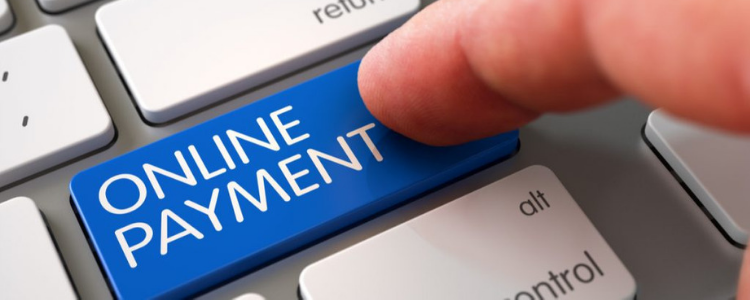A significant change is coming to how you interact with the IRS. Executive Order 14247, signed on March 25, 2025, requires all payments to and from the Internal Revenue Service to be processed electronically beginning September 30, 2025.
The Change: A Phased Transition to Electronic Payments
Refunds – Effective September 30, 2025:
- Paper refund checks for individual taxpayers are being phased out starting September 30, 2025
- Electronic refunds only through direct deposit, prepaid debit cards, or other secure electronic methods
- Limited exceptions available for taxpayers without access to banking services
Payments – Transition Underway:
- The IRS will continue to accept paper checks for tax payments until further notice
- Additional guidance will be issued before the 2026 filing season
- While paper checks remain temporarily accepted, taxpayers are strongly encouraged to transition to electronic payment methods now
Why This Change Matters
This transition addresses significant security vulnerabilities in the paper check system. Paper checks are over 16 times more likely to be lost, stolen, altered, or delayed than electronic payments. Electronic systems provide enhanced security through real-time authentication, encryption, and immediate fraud detection.
This change:
- Enhances security and dramatically reduces check fraud risk
- Improves processing efficiency and reduces errors
- Provides faster processing of payments and refunds (electronic refunds in less than 21 days vs. 6+ weeks for paper checks)
- Reduces costs for both taxpayers and the government
Your Electronic Payment Options
Recommended Primary Options:
- IRS Direct Pay (individuals) – Free, secure bank account payments with immediate confirmation
- Electronic Federal Tax Payment System (EFTPS) (businesses and all taxpayers) – Comprehensive system with detailed payment history
- IRS2Go mobile app – Easy and secure mobile payments
Additional Options:
- Credit/debit card payments (fees may apply)
- Electronic funds withdrawal when e-filing
- Digital wallets where supported
Complete details at: https://www.irs.gov/payments
Setting Up Electronic Refunds
Act now to ensure you receive your refunds electronically:
- Provide accurate banking information (routing and account numbers) on your tax return
- Choose direct deposit for fastest processing
- Update information if you’ve changed banks
- Consider opening a free or low-cost bank account if you don’t have one (visit FDIC.gov/GetBanked or MyCreditUnion.gov)
- Certain mobile apps and prepaid debit cards with routing and account numbers can also be used
Protecting Yourself from Fraud
Be vigilant during this transition period. Scammers may attempt to exploit these changes. Red flags include:
- Unsolicited calls/emails about “updating payment information”
- Requests for banking details via phone or email
- Pressure to act immediately or threats of penalties
Remember: The IRS initiates contact through official mail, not phone calls or emails. When in doubt, contact our office or call the IRS directly at 1-800-829-1040.
Action Timeline
Before September 30, 2025 (Refunds):
- Set up direct deposit for your tax refunds
- Ensure your banking information is current and accurate
- If unbanked, explore free or low-cost account options
For Payments – Act Now (Even Though Not Required Yet):
- Set up your electronic payment method to avoid future disruptions
- Familiarize yourself with IRS Direct Pay or EFTPS
- Test your electronic payment system before the mandate takes full effect
- Contact us with questions
After Full Implementation:
- All refunds will be electronic (limited exceptions available)
- All payments will need to be electronic (timeline to be announced)
- Paper checks for payments will no longer be accepted
How We Can Help
Our team can assist with:
- Understanding the phased timeline and what it means for you
- Payment method setup and selection
- Setting up direct deposit for refunds
- Step-by-step process assistance
- Ongoing support throughout the transition
Take Action Now
Don’t wait until the deadline approaches:
- Visit https://www.irs.gov/payments to explore electronic payment options
- Set up your preferred electronic payment method now
- Update your direct deposit information on your next tax return
- Contact our office for personalized assistance
Ready to prepare for electronic payments? Contact our office today – we’re here to make this transition smooth and secure for all our clients.
For the latest updates and guidance, visit IRS.gov/modernpayments.







